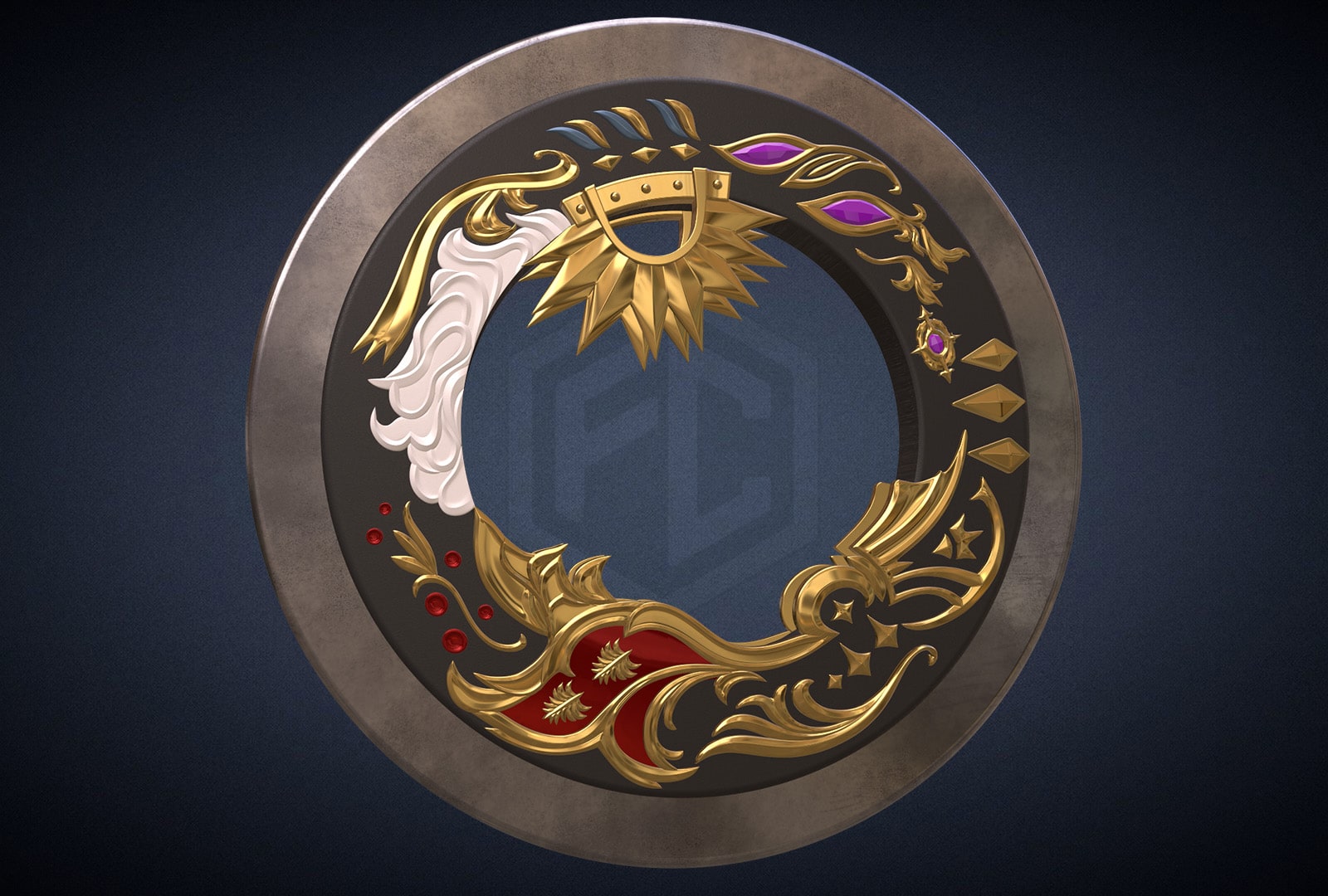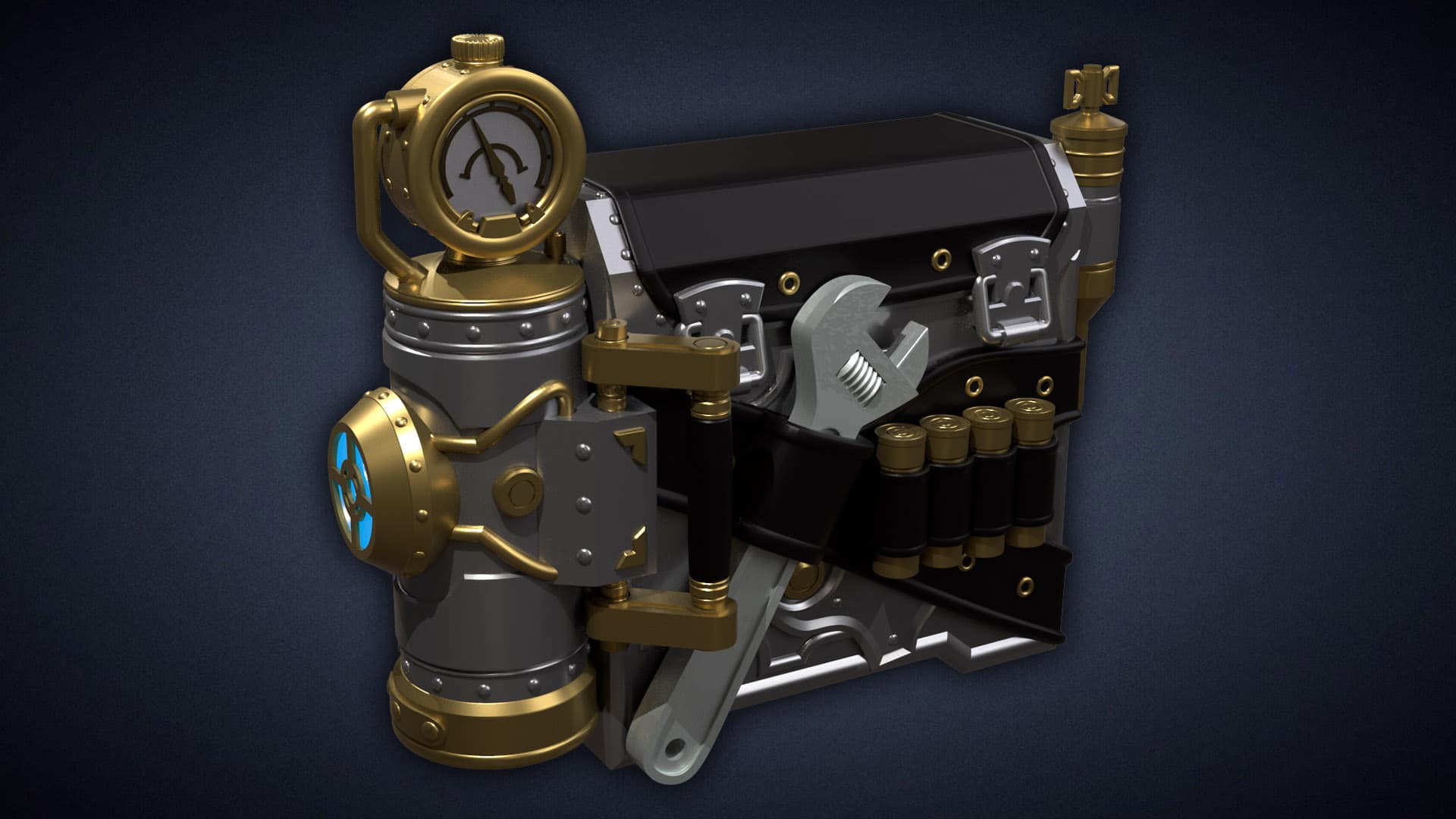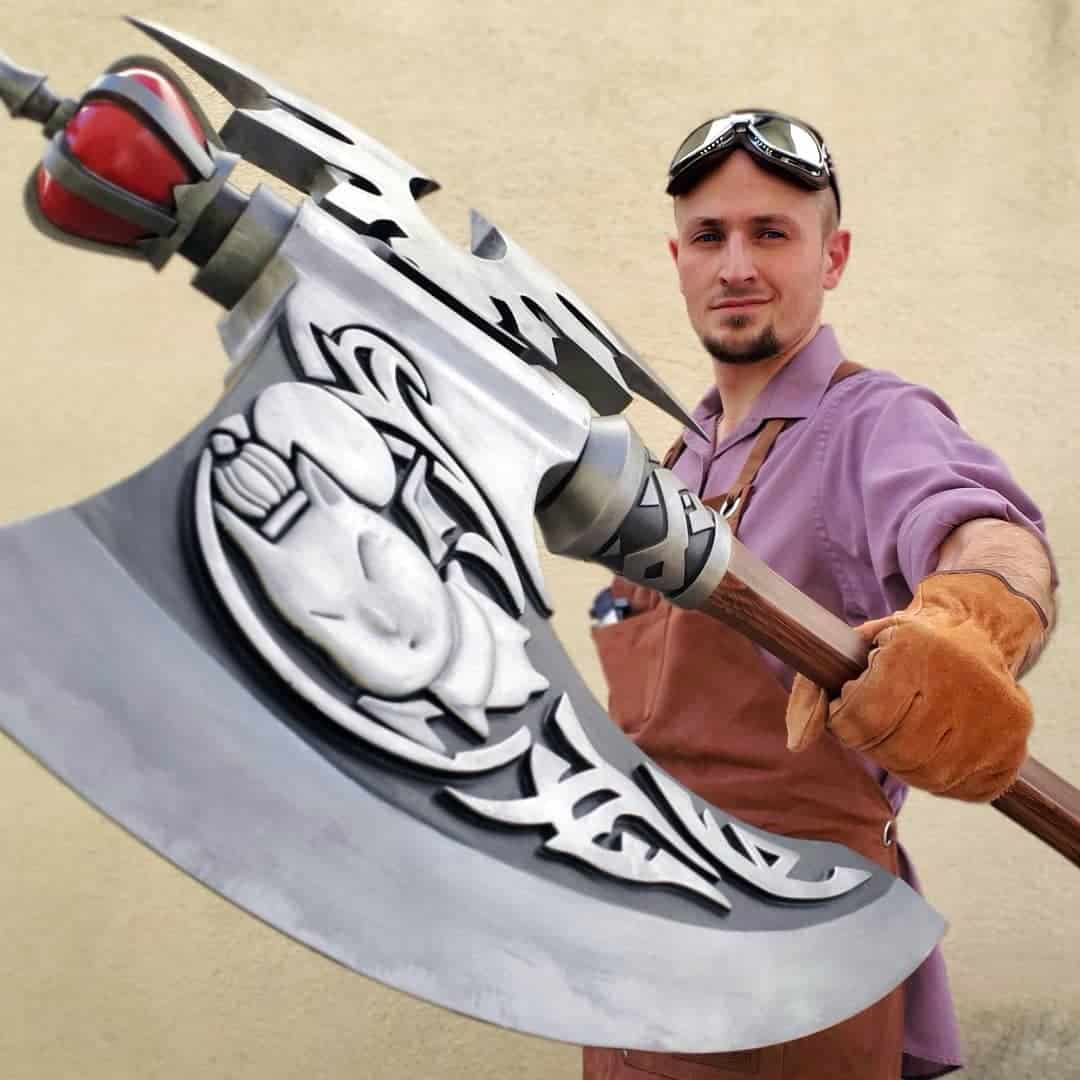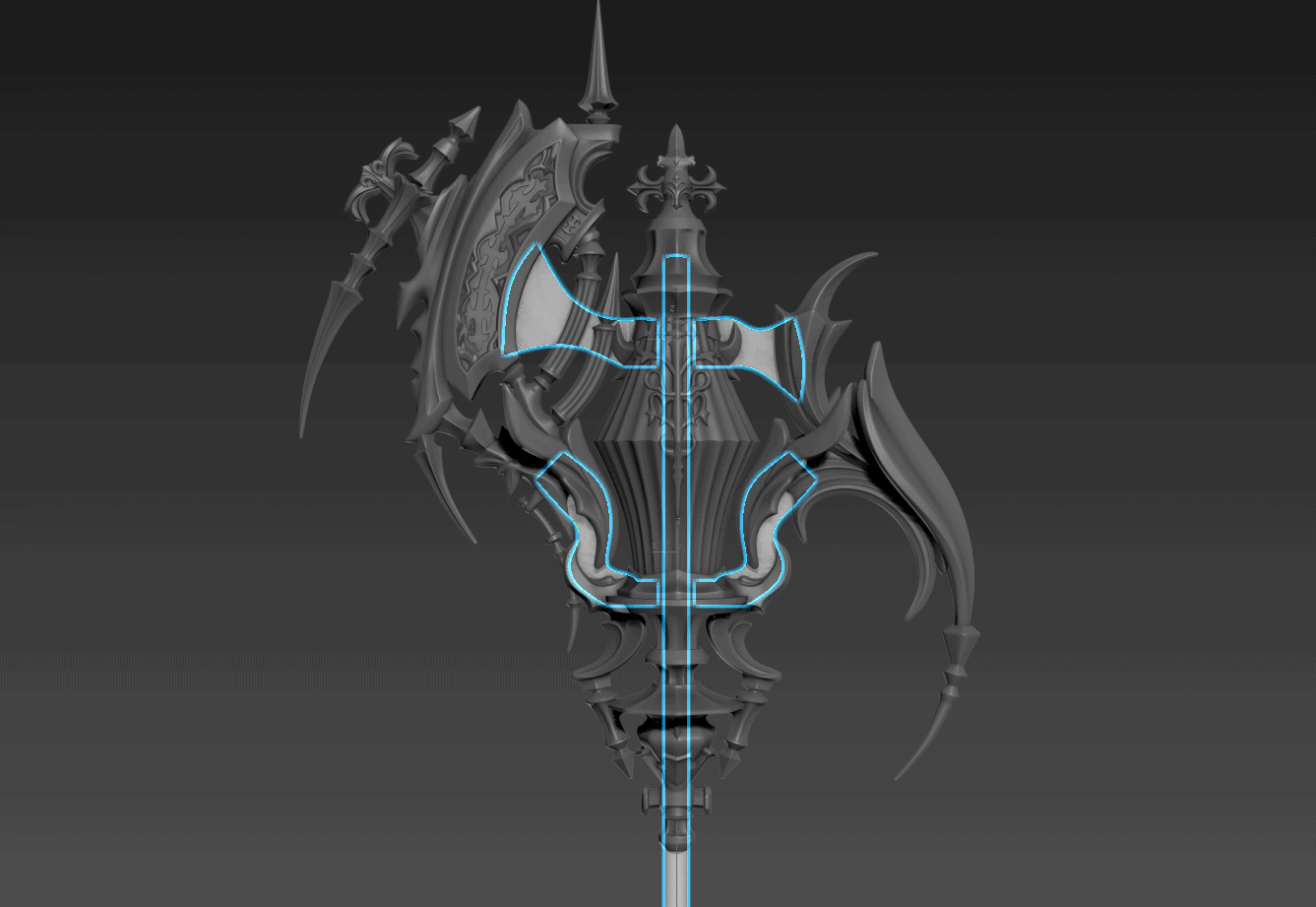I have a few thoughts about 3D printing. It is a fantastic way of producing items with engineered precision and intricate detail. It is also not always the silver bullet for every task. Our work on the Antiquated Murgleis has demonstrated this to me repeatedly. While I spent a lot of time designing the parts to fit together with a good degree of structural integrity, a five foot sword is still pretty much at the outer limits of what one should reasonably be hoping for. As I mentioned in my previous post, the sword fit together perfectly, but even with carbon fiber supports running down the length of it in triplicate, the blade still developed some hairline seams from the unavoidable flexing of the plastic.
The smart way to approach this problem would be to make a mold of the entire sword blade and reproduce it as a single, solid resin piece, preferably with a core of support material down the length of the blade. The reason we didn’t do that from the outset is that we simply don’t have the budget available on this project to buy gallons of mold rubber and resin and do all of that. On top of the budget issue, a resin blade would unavoidably end up being a lot heavier, which was something our client wanted us to avoid. With those options unavailable, we tried fiberglass reinforcement on the blade instead. It worked… somewhat.
We masked off the center of the blade with painter’s tape to protect the runework. We mixed up Bondo fiberglass resin and began to apply some very thin fiberglass strand mat along the length of the blade. I would have liked to use thicker material to beef up the seams, but we still had to keep the overall weight of the prop in mind.
We had to apply a few coats of this material, all the same, and the results after the first few passes looked a bit gnarly. Fortunately, the fiberglass resin can be sanded back without too much trouble, and a palm sander made quick work of a lot of the difficult areas. The process became a balancing act between trying to sand the fiberglass back, but not so much that the hairline cracks started to develop again. This back-and-forth process of sanding, patching, painting, priming, and sanding again took a long time, and continued to drive home just how much we should have tried to make a mold and resin copy of the blade.
Ultimately, we reached a point where we had spent so much time going back-and-forth in the process on the blade that we had to call it ‘good enough’. It’s the sort of thing you have to be six inches away from the blade to notice, and in terms of concessions for the design, it’s a minor flaw.



